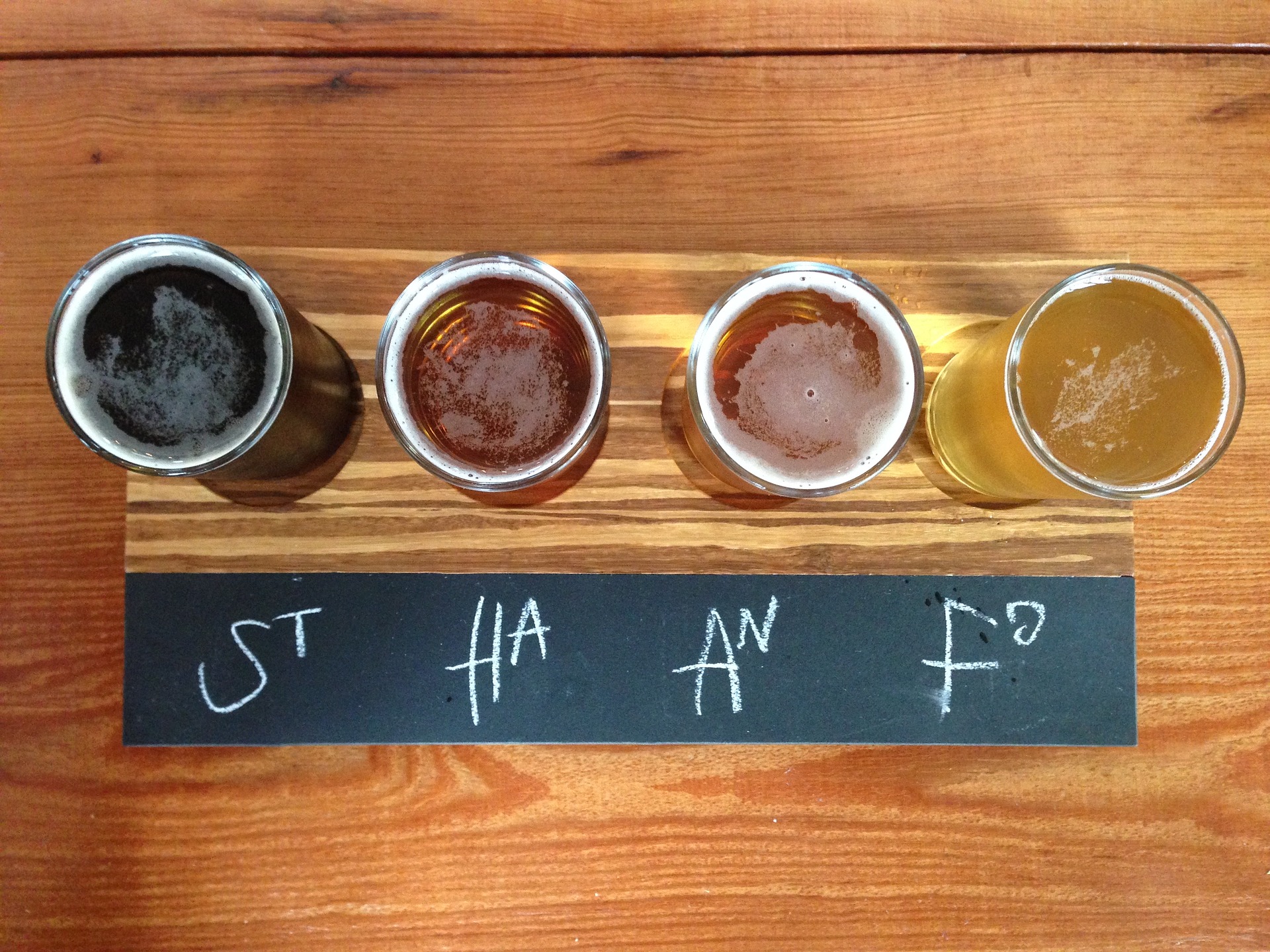Home brewing beer as complex as it may seem, is not as complicated as you may think. The process of home brewing your own beer is basically broken down in a minimal amount of steps in contrast to the seemingly intimidating steps that many advanced home brewers prefer to take.
The basic process of beer home brewing can be broken down into to steps starting with getting your ingredients, which consist of water, grains, yeast and hops. Then after the grains are crushed, the steeping of them begins. The steeping process is basically like making tea, the only difference is that the starches in the grains need to be converted into sugars that can be used, or fermented by yeast. So, basically, the entire home brewing process is converting sugars from barley or other grain malt then fermenting those sugars into alcohol and carbon dioxide through the beer fermentation process. That’s it.
Now, back to the whole “steeping” process. There are a few specifics wanted to point out in regards to the conversion process of the sugars. These sugars actually start out as starches in the grains. It all happens at a temperature of around 165 degrees Fahrenheit. What is really going on is there are actual enzymes inside the grain which, when activated at the right temperature, will go after the starches and convert them into sugars. This process is all made possible through the “malting” process of grains for home brewing beer where the grains are soaked until they are about to sprout or germinate. This is the moment the “maltsters” quickly dry the grains in order to freeze the process in its tracks. Now, left “frozen” in the grain, are the enzymes and starches. These will not become active again until you, the home brewer, begin the “sugar rest” or steeping of the grains part of the beer home brewing process.
After the grains are steeped, they are rinsed of all the sweet fermentable sugars. The remaining sweet liquid is called “wort”. Soon this home brew wort will be transferred to the brewing kettle and brought to a boil. The home brewing process will be under way. The boiling process of homebrewing has a lot to do with releasing oils from the hops in order to provide proper bitterness, flavor and aroma to your home brewed beer. In addition, the boiling process will help sanitize the wort.
Once the boiling of the home brew wort is completed, the wort is cooled to around 70 degrees or so then transferred to a homebrew fermenter and the yeast is added. It takes about 5 days for the yeast to complete the task of “primary fermentation”, producing the alcohol and carbon dioxide.
That’s just about it. Following primary fermentation when homebrewing would be a stage called secondary fermentation where the homebrewed beer is separated from the yeast on the bottom of the fermenter and transferred into another glass fermenter in order to allow for clearing of the homebrewed beer.
Article Source: http://www.articlesbase.com/wines-and-spirits-articles/basic-overview-of-home-beer-brewing-380616.html
About the Author
S. Michael Windsor is currently publisher and a writer for myHomebrewNetwork.com. The MyHN Online Home Brewing Guide is a premier college home brewing information platform that provides individuals with a quality in-depth look at these topics as well as the associated products, services and information available today. Visit us today at http://www.myHomebrewNetwork.com and get your free subscription our member services.
